Imagine for a moment what now only people of advanced age can: Nazi-occupied northern Europe poised for invasion by Allied armies. Nazi propagandists had been boasting for months that their Atlantic Wall would hurl back any attempt. And they had their point: The Dieppe raid nine months earlier previous was a disaster: 900 killed, and in all a 60 percent casualty rate to the 6,000 invaders.
Moreover, the Allies of 60 years ago this June could not be sure of what they faced: They felt their intelligence was good, that the German divisions were substandard, that the German high command believed the invasion would come at the Pas de Calais. But they also knew that in command was a formidable foe, Erwin Rommel. Tricky, energetic, Rommel was putting furious effort into defenses on the beaches themselves, more than five million mines, tangles of steel and logs that would tip or rip landing craft, and thousands of strongpoints, especially at the exits or draws that led inland from the beaches. Further inland were obstacles to thwart paratroop and glider landings.
In theory, an assault didn’t look that difficult. The Germans had an immense stretch of coastline to protect. The Allies could choose their point of attack and put irresistible force to any one portion of it, enough to break any line of defense. But no one could be sure of that, or of anything. Consider Dieppe; the Germans were not particularly expecting an attack in that sector and look at what an appalling Allied defeat it was in just a few hours.
No one could be sure. Churchill was never enamored of a wholesale invasion; he had indelible memories of Gallipoli and Flanders as the British and Commonwealth troops threw themselves at prepared positions. The Americans were more eager and more sanguine; nonetheless Eisenhower drew up a letter over his signature to be released in case of failure.
No one could be sure. The force assembled was astonishing, in ships, airplanes, vehicles, men. But the coast was menacing. Would the German troops—or their “volunteer” units from conquered lands—flee at the initial bombardment, or stand and pour withering fire on soldiers struggling with the surf and sand? Would Panzer divisions be able to reach the beaches quickly? Would the Germans be able to concentrate their vastly superior numbers in France against a slim toehold at the end of a supply line across the temperamental Channel?
Hitler, for one, believed that, having shoved the British off the Continent twice—at Dunkirk and Dieppe—his forces could do it again. Millions of Germans—in and out of uniform—more or less agreed with him. Many of them also believed that the invasion would very nearly be decisive. If the German Army could throw the assault back into the sea, the Allies would need at least a year to organize another attempt. Allowed that breathing period, Hitler believed his new weapons—cruise missiles, ballistic missiles, and jet fighters—could crush British spirit and blast the Allies from the skies.
Joseph Balkoski’s book Omaha Beach: D-Day June 6, 1944, excerpted in part in this issue, well recreates the tensions, uncertainties, and misfortunes of a portion of the invasion’s first day, and is almost a minute-by-minute, unit-by-unit, craft-by-craft account of the Omaha battle beginning at daybreak. The planning, logistics, and coordination were all formidable, but the struggle devolved to men with inner resources and extraordinary courage.
The 60th anniversary has arrived. Events abound. The National D-Day Museum in New Orleans—now expanding to the National World War II Museum—and others have worked to preserve and protect the tribulations, emotions, sacrifices, and spirit of those times. It is well that they should. Nothing was certain except that the gigantic effort would be made. Victory was not foreordained. Hard work, sacrifice, and luck were all needed in abundance.
Brooke C. Stoddard
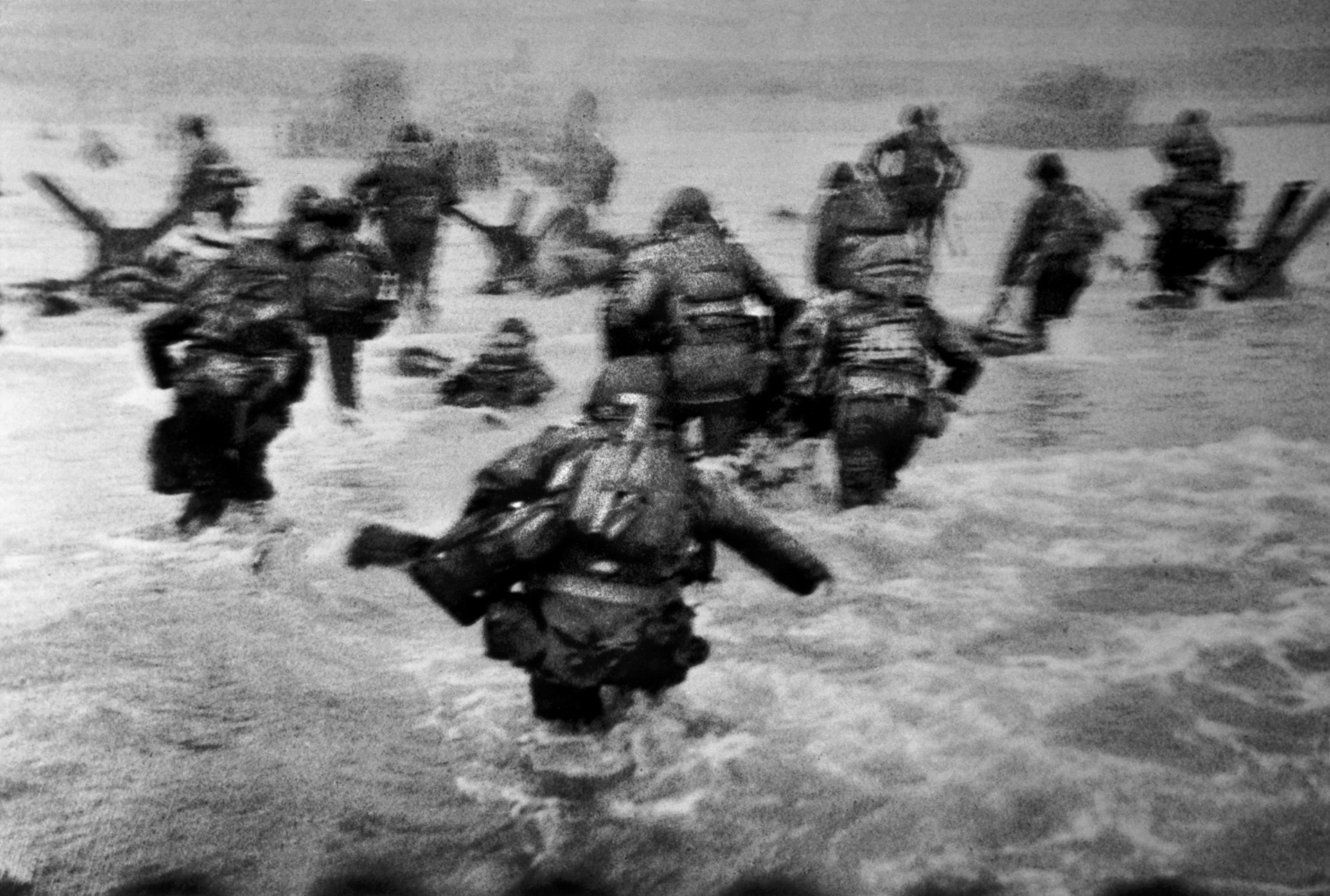
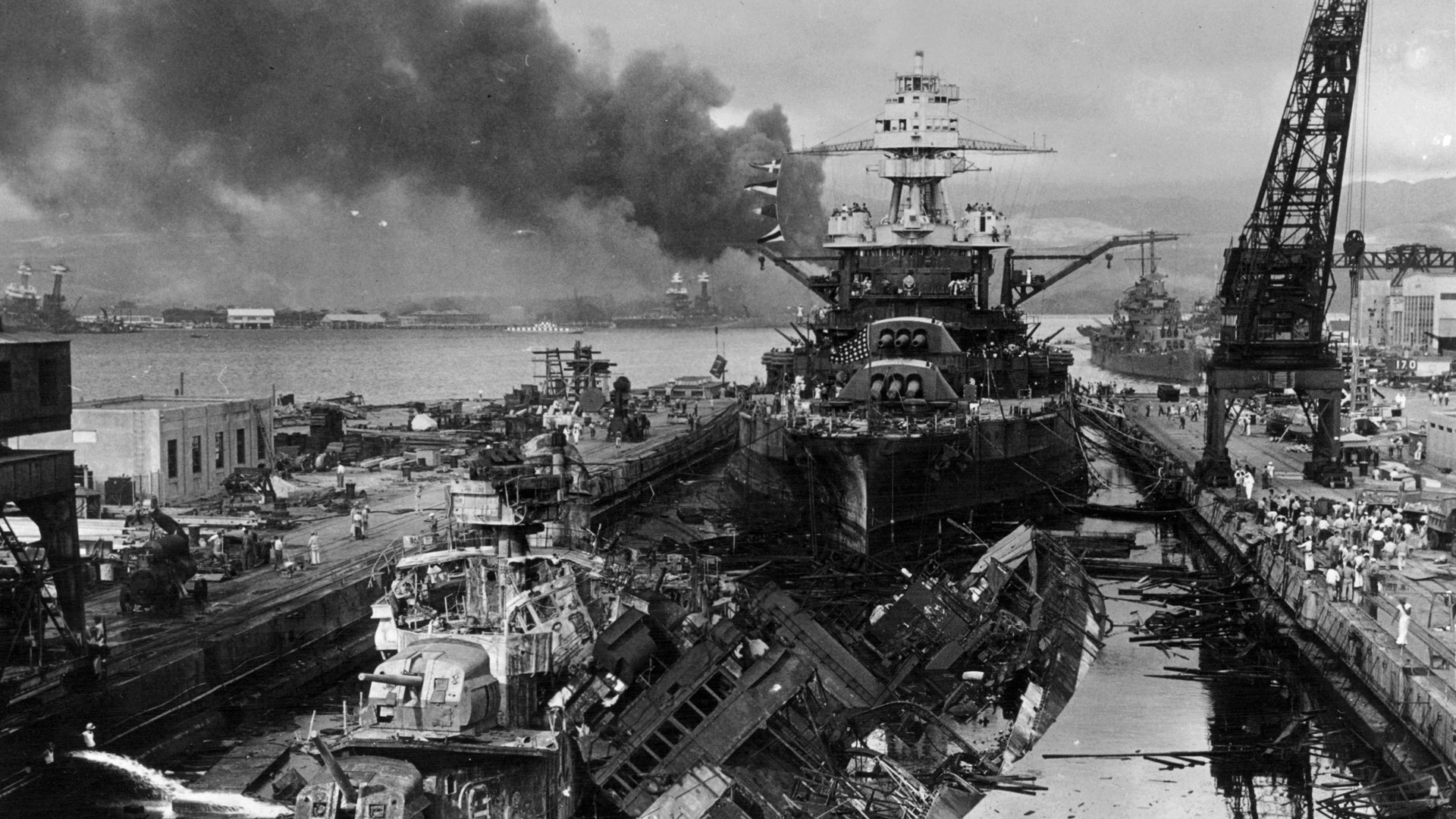
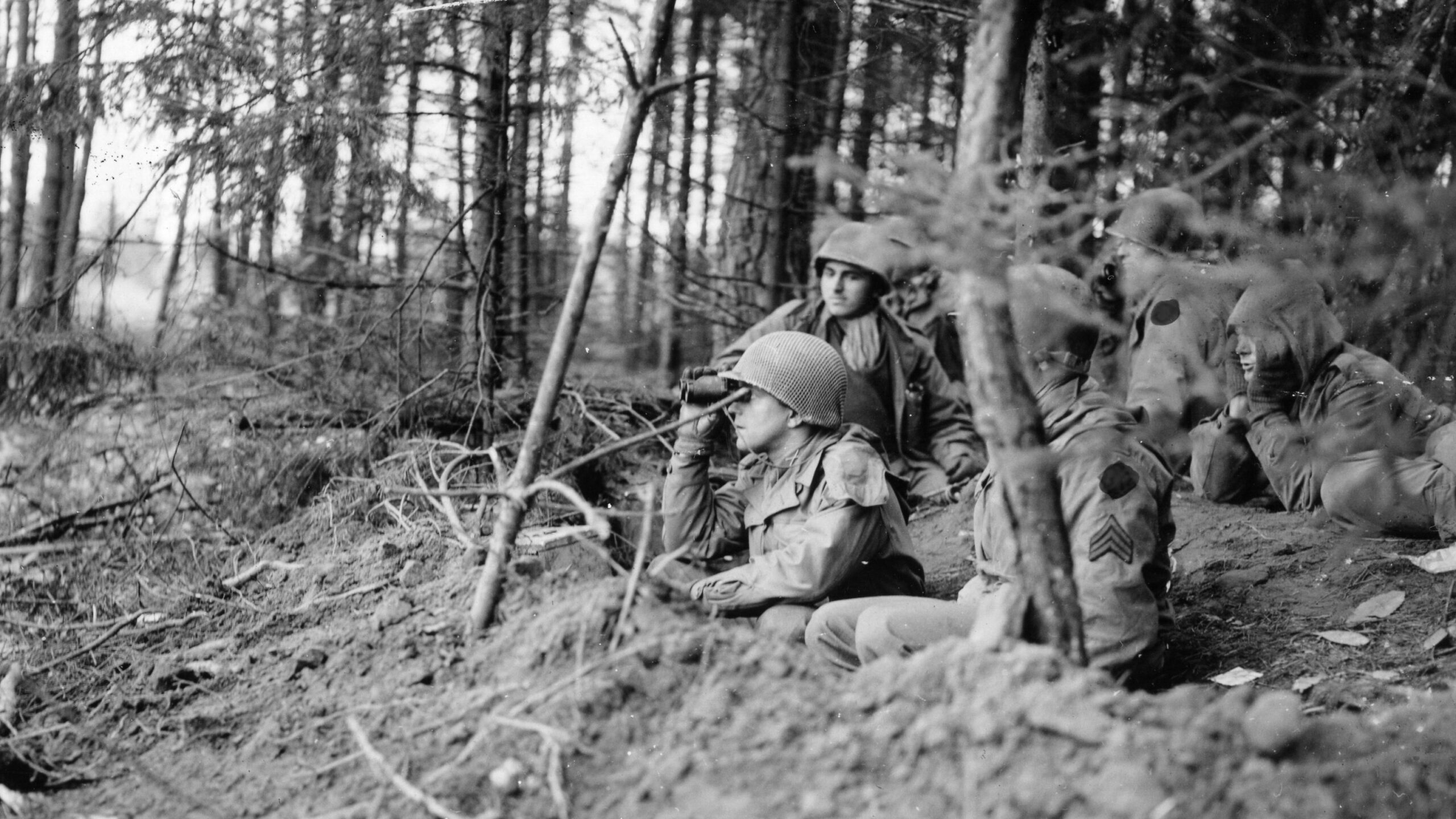
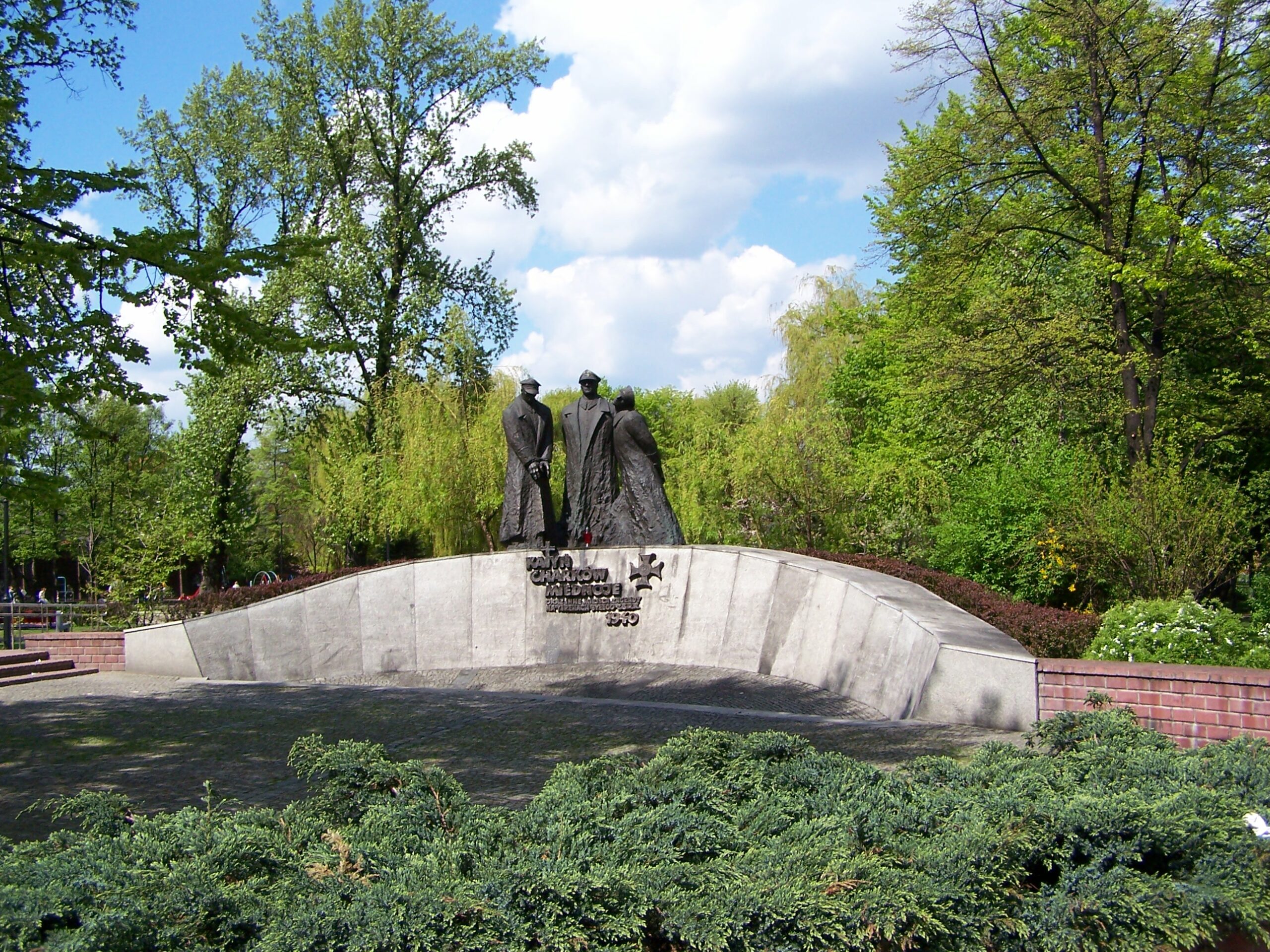
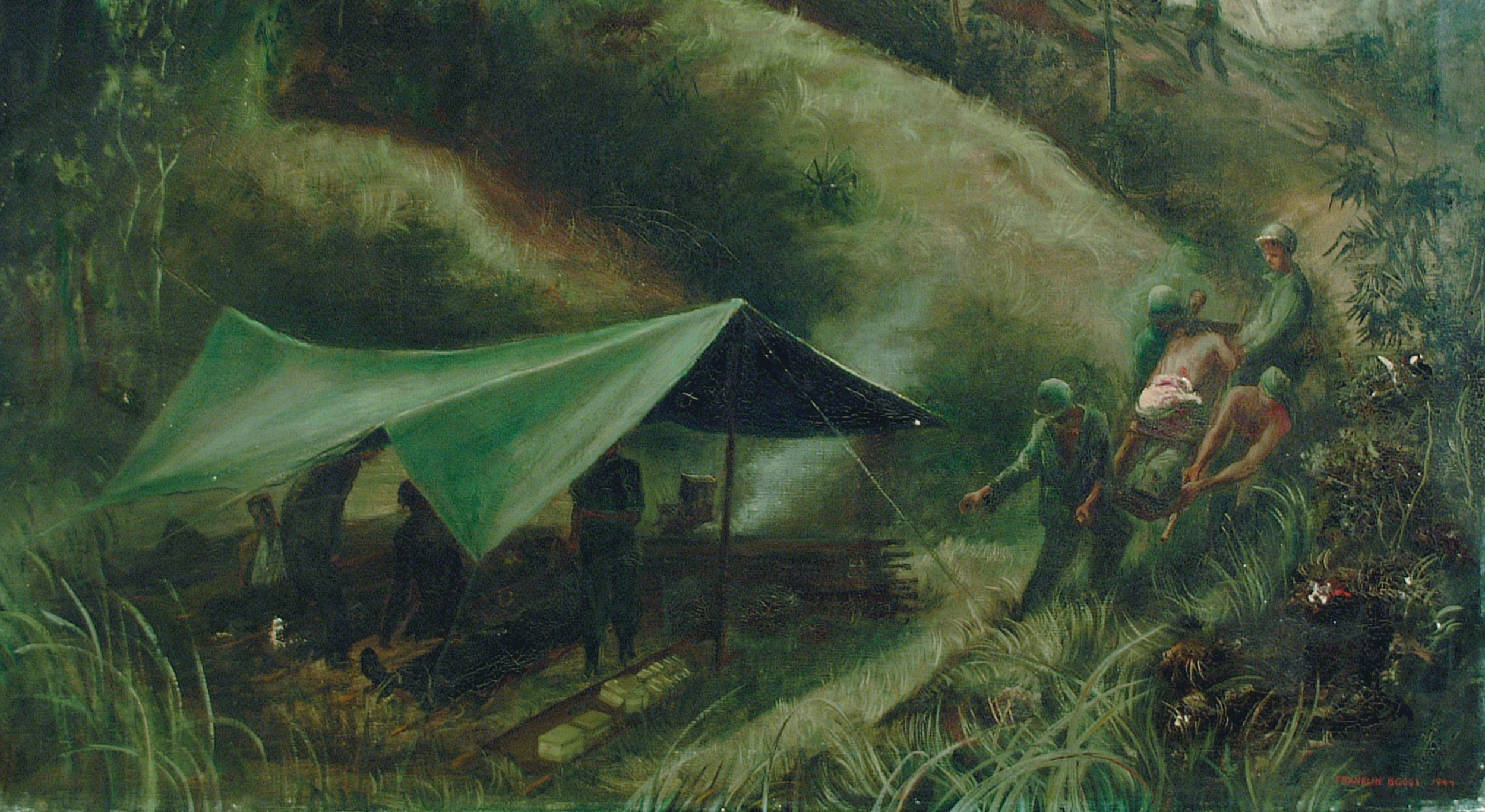
Join The Conversation
Comments
View All Comments